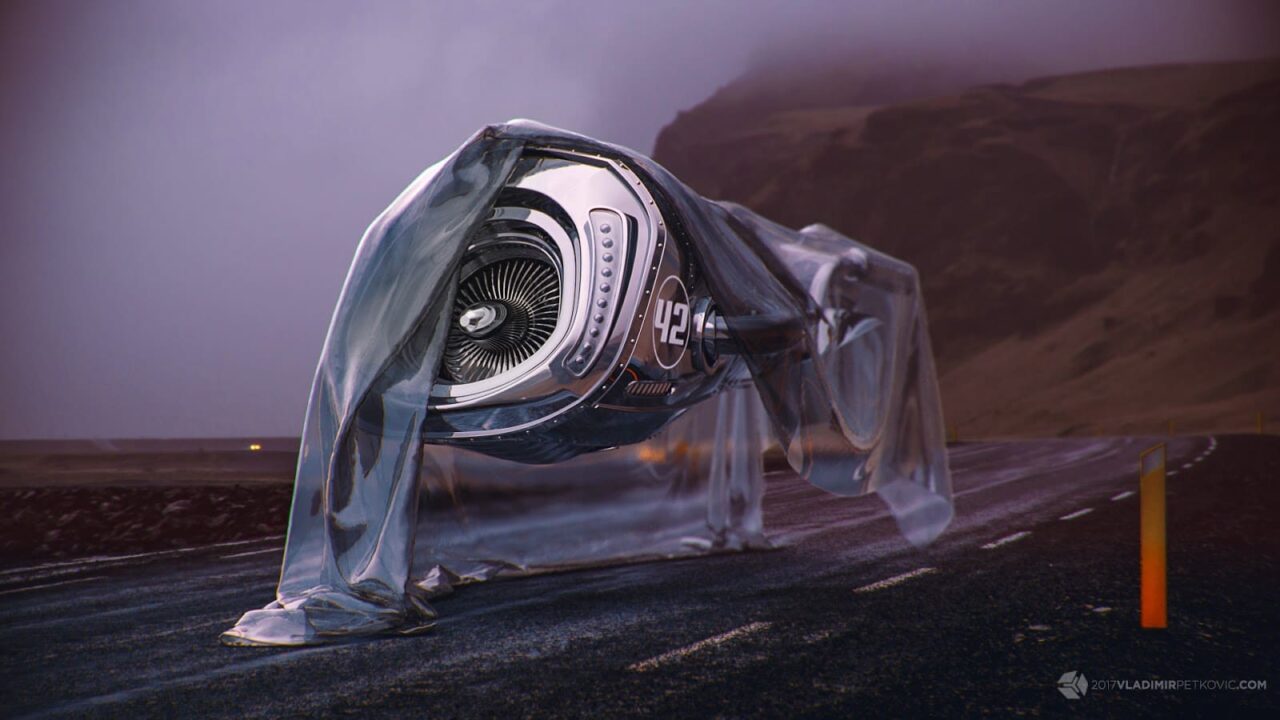Security, customizability, flexibility and cost are a few of the benefits of open-source software for developers.
They’ll get all these and more from NVIDIA’s Material Definition Language software development kit, which is available starting today as open source.
MDL software — a set of tools that integrate the precise look and feel of real-world materials into rendering applications — has long been supported by developers. It gives end-users the freedom to share physically based materials and lights between supporting applications.
For example, an MDL material — such as a specific piece of carpeting, upholstery or clothing — created in Allegorithmic Substance Designer can be saved to a library and then used in any other supporting application, like Adobe Dimension CC.
Users can build a library of these materials once and be confident they’ll maintain their appearance as they move between applications in a workflow. It’s an easy way to save significant time and effort — for both users and application developers.
The new open-source NVIDIA MDL SDK gives developers the freedom to expand and adapt MDL to their specific needs. They can add more functionality, work across more applications, exploit new platforms, port it to iPad or Android, create new backends, and more.
With full access to the MDL language, developers can feel at ease building their applications around the format as they have unrestricted access to the entire spec.
Enthusiasm from Developers
Allegorithmic has already built an entire MDL authoring tool as part of their Substance Designer application. With the MDL source, they have deeper access than ever before.
“We’re really happy to see NVIDIA make MDL more accessible with this move. We have been supporting the format very early on and hope for the ecosystem to grow,” said Sebastien Deguy, CEO at the company.
Adobe has already adopted NVIDIA MDL in Dimension CC for 3D designers.
“At Adobe, we’re very focused on the flow of creative content across the value chain, from initial concept through design all the way to marketing and sales,”said Ross McKegney, director of engineering at Adobe Dimension CC. “We’ve adopted physically based materials based on NVIDIA MDL across all of our next-generation 3D products and services as a robust and elegant way of expressing materials that look the same wherever they are used.”
And Epic’s Unreal Studio 4.20 now offers native support for MDL.
“Being able to use a single material definition, like NVIDIA’s MDL, across multiple applications and render engines is a huge benefit to the end-user,” said Ken Pimentel, senior product manager of the Enterprise team at Epic Games. “Now that we’ve added MDL support to Unreal Studio, our enterprise customers can see their material representations converted to real time in Unreal Engine without baking every parameter. This means their creative intent can be carried to new forms of expression.”
Learn More About How Easy It Is to Use MDL
To learn the basics of NVIDIA’s Material Definition Language, attend the SIGGRAPH session “Sharing Physically Based Materials Between Renderers with MDL.” You’ll see how a single material can be used to define matching appearances between different renderers and rendering techniques.
End-users will learn how physically based definitions can be defined, and developers will learn what’s entailed in supporting MDL in their own products or renderers. The session is Monday, Aug. 13, from 9-9:50am in room 220, with a shorter version of the talk on Tuesday, Aug. 14, from 12:30-12:55pm in the NVIDIA booth 801 theater.
Also join an open discussion on MDL on Wednesday, Aug. 15, from 12:30-2pm in the East Building, room 13, of the Vancouver Convention Center.
Get Started with Open Source NVIDIA MDL SDK
Open source NVIDIA MDL SDK is available starting today at https://developer.nvidia.com/mdl-sdk.
Feature image courtesy of Adobe, created by art director Vladimir Petkovic.
